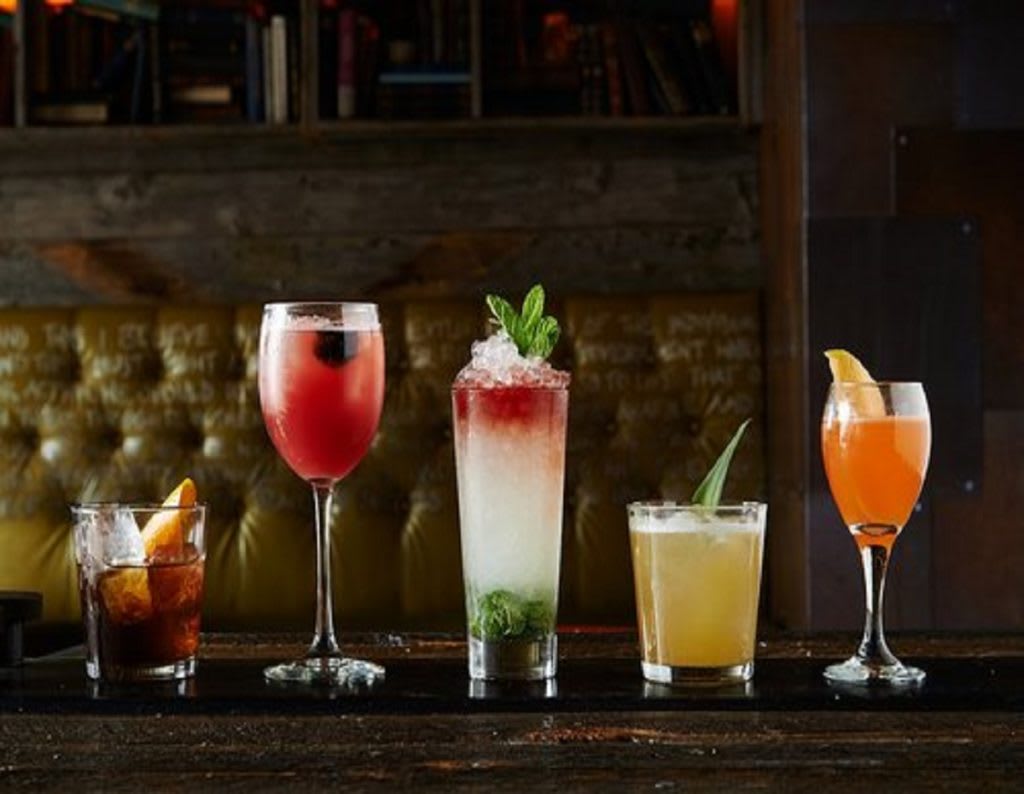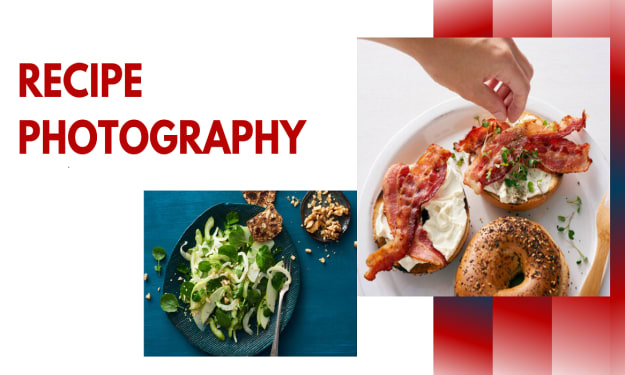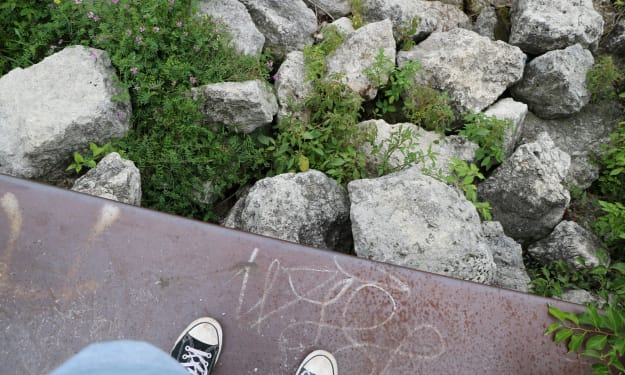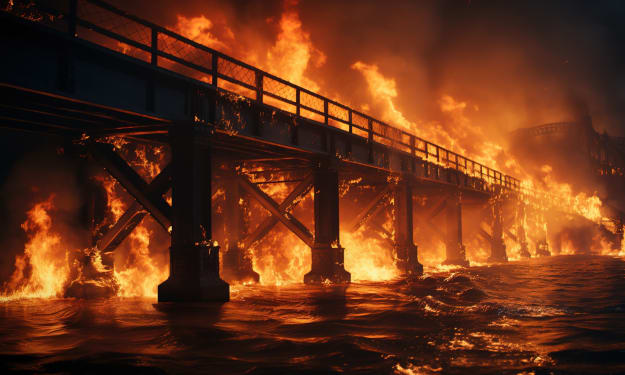The Art and Science of Beverage Photography
Beverage Photography

Beverage photography is a specialized field that blends artistic creativity with technical precision. Whether capturing the effervescence of a freshly poured beer, the elegance of a glass of wine, or the refreshing appeal of a fruity cocktail, beverage photography requires a deep understanding of both visual aesthetics and the properties of liquids. This article delves into the intricacies of beverage photography, offering insights into techniques, equipment, and creative approaches to make your beverage photos stand out.
Understanding the Basics
The Importance of Lighting
Lighting is paramount in beverage photography. The way light interacts with liquid can transform an ordinary drink into a visually stunning image. Natural light is often preferred for its softness and the natural look it imparts, but studio lighting can be manipulated to achieve consistent and dramatic effects. Key lighting techniques include:
• Backlighting: Placing a light source behind the beverage highlights its transparency and color, making the liquid glow.
• Side lighting: This technique emphasizes the texture and shape of the glass, adding depth to the image.
• Diffused lighting: Using diffusers helps soften harsh shadows and create an even, flattering light.
The Role of Composition
Composition in beverage photography involves the arrangement of elements within the frame. The placement of the glass, the background, and additional props must be carefully considered to create a balanced and appealing image. Key compositional principles include:
• Rule of thirds: Positioning the beverage off-center to create a more dynamic and engaging composition.
• Leading lines: Using lines within the image to draw the viewer’s eye toward the main subject.
• Symmetry and patterns: Employing symmetrical arrangements or repeating elements to create visual harmony.
Selecting the Right Equipment
Choosing the right equipment is crucial for capturing high-quality beverage photographs. Essential gear includes:
• Camera: A DSLR or mirrorless camera with manual settings allows for greater control over exposure, focus, and depth of field.
• Lenses: A macro lens can capture intricate details, while a standard prime lens provides sharpness and clarity.
• Tripod: Ensures stability and allows for precise composition and longer exposure times without camera shake.
• Lighting equipment: Softboxes, reflectors, and diffusers are essential for controlling light and shadow.
Advanced Techniques and Tips
Capturing Movement and Action
Photographing beverages in motion, such as pouring a drink or capturing splashes, adds dynamism to the image. High-speed photography and fast shutter speeds are essential for freezing motion. Consider using:
• Continuous shooting mode: Captures multiple frames in quick succession, increasing the chances of getting the perfect shot.
• Remote triggers: Allow for precise timing of shots, particularly useful for splash photography.
Creating Atmosphere with Props and Backgrounds
Props and backgrounds play a significant role in setting the mood and context of a beverage photograph. They should complement the drink without overshadowing it. Some tips include:
• Themed props: Use props that align with the beverage’s character, such as rustic elements for whiskey or tropical items for cocktails.
• Textures and colors: Backgrounds and props with textures and colors that contrast or complement the beverage can enhance visual interest.
• Minimalism: Sometimes, less is more. A simple, uncluttered background can make the beverage the undeniable focal point.
Enhancing Details with Garnishes and Accessories
Garnishes and accessories can elevate a beverage photograph by adding color, texture, and context. Techniques for effective use of garnishes include:
• Fresh ingredients: Using fresh, vibrant garnishes like herbs, citrus slices, or berries adds a lively touch.
• Creative placements: Experimenting with the placement of garnishes, such as floating them in the drink or placing them on the rim of the glass, can create interesting focal points.
• Seasonal elements: Incorporating seasonal garnishes and props can evoke specific times of the year, enhancing the narrative of the photograph.
Post-Processing and Editing
Enhancing Colors and Clarity
Post-processing is an integral part of beverage photography, allowing photographers to enhance the visual appeal of their images. Key editing techniques include:
• Adjusting exposure and contrast: Ensuring the image is well-exposed and has the right level of contrast to highlight details.
• Color correction: Fine-tuning colors to make the beverage look as appetizing and realistic as possible.
• Sharpening: Enhancing the clarity and definition of the beverage and its details.
Removing Imperfections
Editing can also involve removing unwanted imperfections such as bubbles, condensation, or stray reflections. Techniques include:
• Spot healing and cloning tools: Useful for removing small blemishes and distractions.
• Layer masks: Allow for precise adjustments to specific areas of the image without affecting the entire photo.
Developing Your Style
Experimenting with Different Approaches
Developing a unique style in beverage photography involves experimentation and personal expression. Trying different techniques, compositions, and lighting setups can help discover what resonates most with your vision.
Studying Influences and Trends
Keeping up with trends in beverage photography and studying the work of other photographers can provide inspiration and new ideas. Social media platforms, photography blogs, and magazines are excellent sources of current trends and innovative approaches.
Consistency and Branding
For photographers looking to build a brand, consistency in style and presentation is key. This can involve using a signature color palette, specific types of props, or a particular lighting setup. A cohesive portfolio helps in establishing a recognizable and professional identity.
Conclusion
Beverage photography is a captivating and rewarding genre that requires a blend of technical skill and artistic creativity. From understanding the basics of lighting and composition to mastering advanced techniques and post-processing, there are many facets to explore and perfect. By experimenting with different approaches, staying inspired by trends and influences, and developing a consistent style, photographers can create compelling images that not only showcase beverages in their best light but also tell a story and evoke emotions. Whether for commercial purposes or personal projects, beverage photography offers endless opportunities to create visually stunning and memorable works of art.
About the Creator
Enjoyed the story? Support the Creator.
Subscribe for free to receive all their stories in your feed.





Comments
There are no comments for this story
Be the first to respond and start the conversation.